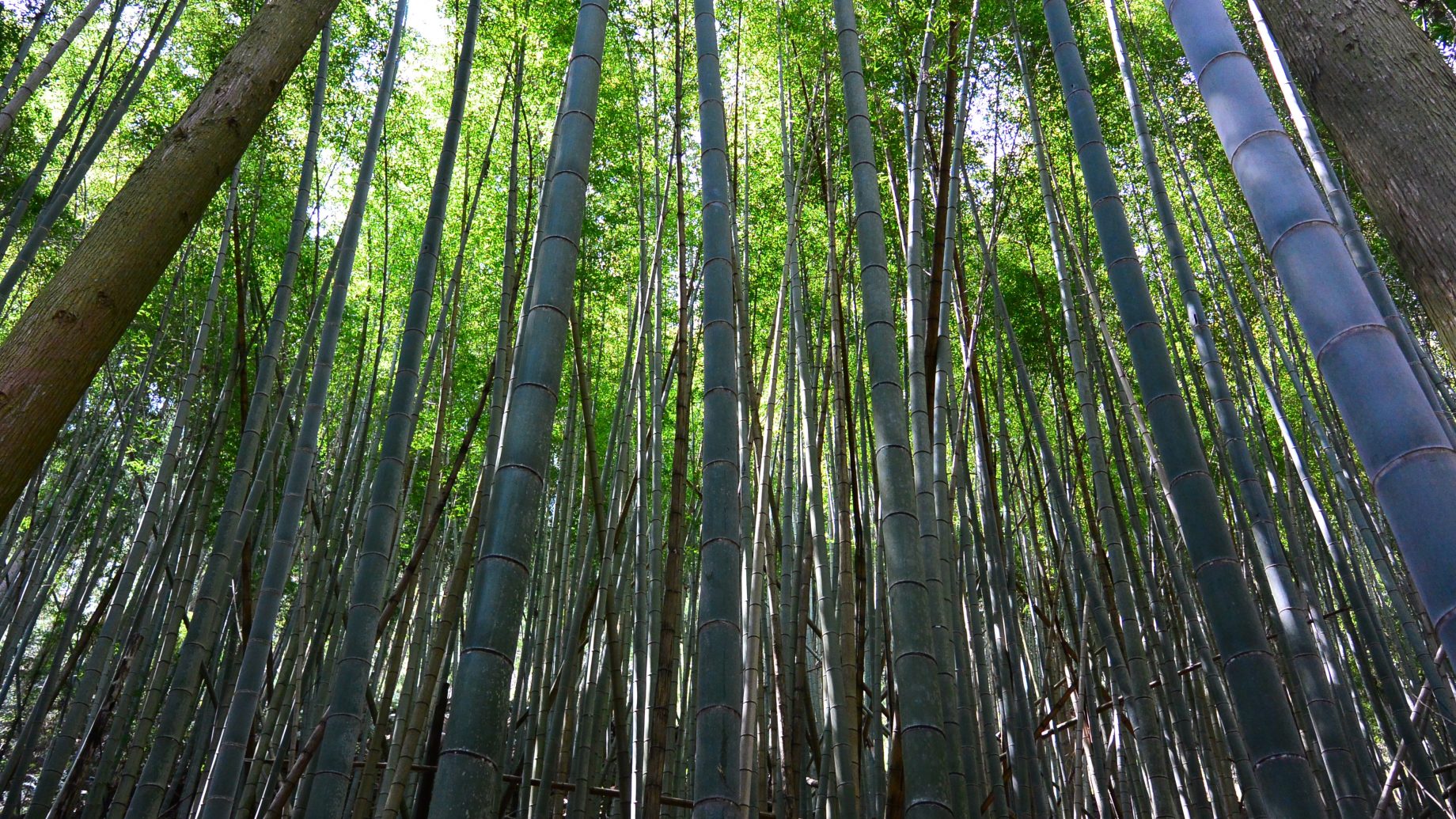We faced a relatively short walk in terms of distance today, so decided to have (what for us was) a later breakfast at 8.00am. At 8.45am we climbed into the back of a taxi that took us to the start of today’s challenge – two temples on two separate mountain tops!
Our taxi navigated a way through the city streets, taking us back into the countryside where preparation for planting the next rice crop was well underway. The channel system used to distribute water to the fields was being cleared of mud and weeds, paddocks were being ploughed, and fertiliser with a distinctly fishy smell was being spread about. The farms gradually gave way to cedar forests as we started climbing and climbing closer to the first temple for the day, Temple 20 – Kakurin-Ji, the Crane Forest Temple.

The road had grown narrower as our ascent continued, and was down to a single lane (with lots of convex mirrors mounted at each blind corner so oncoming traffic had some notice of other vehicles approaching). On and on we went, seemingly forever upwards – all of which ultimately meant one less stair to climb or step to take. A large tourist bus was spotted through the trees ahead of our taxi. We couldn’t imagine how such a large vehicle could have negotiated this narrow road.
No sooner had we spotted the tourist bus than we were at the end-of-the-road in terms of our taxi ride. Words and gestures were exchanged with the driver, who wanted to know where we were walking to today. We suspected he was looking to pick us up at our day’s end, but he was out of luck – our plans included a bus trip from the end of our walk back to our ryokan accommodation in Tokushima.
Like all good temples we have visited on this pilgrims’ journey, the carpentry skills demonstrated to build such long-lasting wooden temples has been amazing. In contrast, we have found that it is often the case that the stone stairs leading up to such magnificent structures would be bypassed by mountain goats. Maybe it’s part of the pilgrims’ challenge – to endure all in the name of their faith.

This was a day of steps, both up and down. Lots of them – really lots of them. When temples are built on the top of a mountain range, there is no escaping the fact that the day’s walking is going to include stairs.

As its name suggests, Temple 20 was dedicated to cranes and there were two statues of them beside the main temple. We shared the temple with a busload of less ambulent pilgrims. They gathered in a group in front of the temple and were led in prayer / chant by a young monk who started proceedings by blowing on an unusual instrument that had a trumpet-like mouthpiece connected to a small fabric bag – not unlike something you would see on a bagpipe. It had a unique bugle-like sound (or maybe he just wasn’t very good at playing it). If his plan was to hush the crowd and get their attention, it worked.


When the only way to visit a temple on top of a mountain is up, the only way to the next temple is down, so down and down we headed. As on previous days, we passed through vast stands of giant bamboo that had us in awe at the size of some of it as it grew up to the tree tops and blocked much of the sunlight.

We descended to the valley floor, where small farms scratched a living from terraced gardens. The terracing was of stone that possibly came from clearing the ground in preparation for cropping and fruit trees. The terraced walls suggested they had been around for many hundreds of years, and would still be there well into the future.

Our tracks notes guided us across a large, fast-running river that signalled the bottom of the valley and the end of our descent. It also signalled the start of our climb to the next temple atop the next range!

A steep 6km climb followed a cascading stream high into the ranges again, through cedar and bamboo forests. This section was more popular with other pilgrims and we spotted a few huffing and puffing or resting up along the way. The stream was easily accessible and we stopped to fill our water bottle from the cold clear waters during one of our many rest stops.

We persevered with the climb, taking some solace from the fact that the track was in better condition than previous ones we have encountered on this trip. Being at altitude, the cherry blossom was still putting on a great show when we finally arrived at Temple 21; it brought some colour to the muted tones and dappled light filtering through the canopy of cedar trees.

Our exit from Temple 21, the Grand Dragon Temple, was made easier as there was a cable car about 200 metres beyond the temple that would have us back in the next valley in just over ten minutes – and we would be sitting down for the entire journey! After 11 kms of steep climbs and descents through a very scenic mountain landscape, we thought we had earned the easy ride down.


Once on the valley floor, it was a short walk through more rural fields to a bus stop where a Tokushima-bound bus would take us back to our ryokan for a well earned meal and rest.

